Unidentified vine in Florida
rattlebox
9 years ago
Related Stories

LANDSCAPE DESIGNSee 5 Unexpected Ways to Use Vines
Vines can grow over slopes, trail off pergolas and add seasonal color to the garden
Full Story
FOLIAGEGreat Design Plant: Ornamental Sweet Potato Vine
Versatile, fast growing, inexpensive and easy on the eyes, ornamental sweet potato vine has it all
Full Story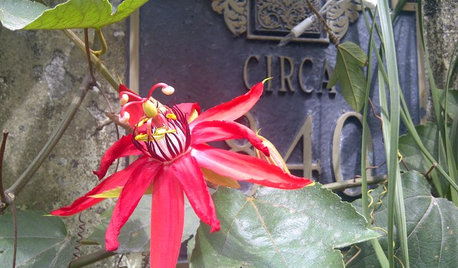
FLOWERS5 Sensational Flowering Vines for Warm Climates
Splash your garden with bright tropical color from late summer through fall with these showy trailing and climbing beauties
Full Story
HOUZZ TOURSMy Houzz: Relaxing Mexican Resort Style in a Florida Home
Breezy and vibrant, this island home for a family of 7 has the air of their favorite retreat
Full Story
HOUZZ TV FAVORITESHouzz TV: Animals, Love and Color on a Florida Farm
Farm-fresh style is just right for this family of 6 — and their horses, dogs, cats, chickens, zebus, birds and pig
Full Story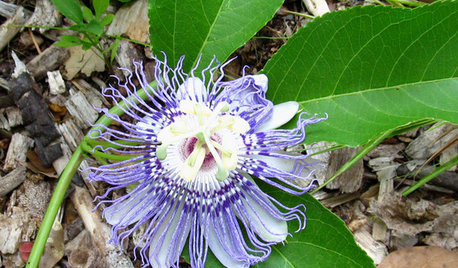
GARDENING GUIDESGreat Design Plant: Passiflora Incarnata
Enjoy the amazing flowers and edible fruit of U.S. native Passiflora incarnata (also known as maypop) — the butterflies sure do
Full Story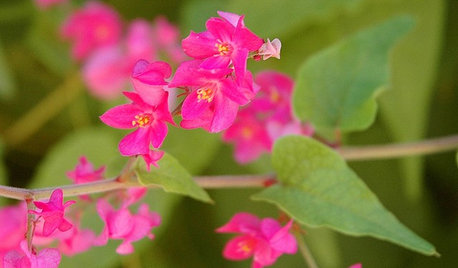
GARDENING GUIDESGreat Design Plant: Antigonon Leptopus in California and Desert Gardens
Dry climates can enjoy sprays of delicate pink flowers and heart-shaped leaves on this drought-tolerant, summer-flowering vine
Full Story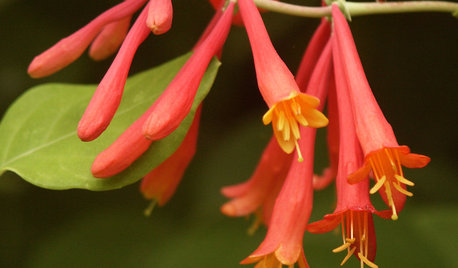
GARDENING GUIDESGreat Design Plant: Lonicera Sempervirens
Grow this long-blooming, flashy flowering vine to cover a fence or arbor and attract hordes of hummingbirds all season long
Full Story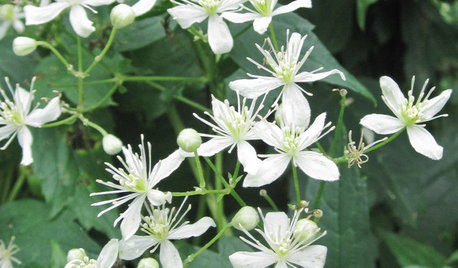
GARDENING GUIDESGreat Design Plant: Clematis Virginiana
Devil’s darning needles, a vigorous vine native to eastern North America, likes partial shade and many types of soils
Full Story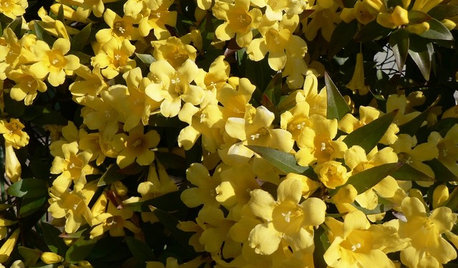
GARDENING GUIDESGreat Design Plant: Gelsemium Sempervirens
Plant Carolina jessamine in fall, and its flowers will signal spring before any other plants start blooming
Full StorySponsored
More Discussions







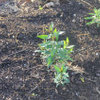

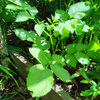

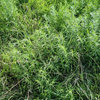
Joseph Corlett, LLC
rattleboxOriginal Author
Related Professionals
Foothill Ranch Landscape Architects & Landscape Designers · Alexandria Landscape Contractors · Braintree Landscape Contractors · Caldwell Landscape Contractors · Concord Landscape Contractors · East Patchogue Landscape Contractors · Essex Landscape Contractors · Kahului Landscape Contractors · Lake Saint Louis Landscape Contractors · Mashpee Landscape Contractors · Oxnard Landscape Contractors · Peoria Landscape Contractors · Welby Landscape Contractors · Weslaco Landscape Contractors · Laguna Beach Stone, Pavers & Concretenel5397
rattleboxOriginal Author
lignumvitae
rattleboxOriginal Author
missingtheobvious
carolb_w_fl_coastal_9b
rattleboxOriginal Author